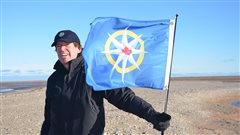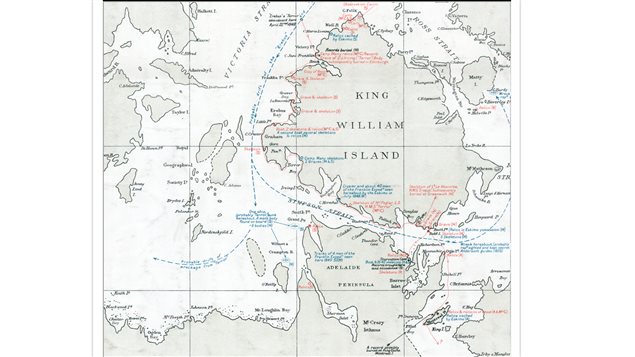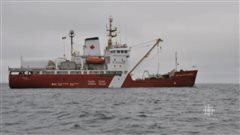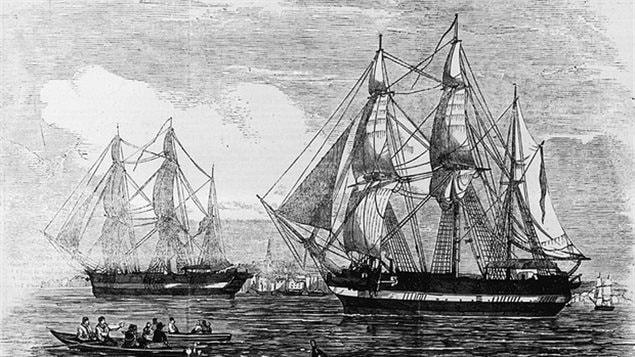The lost ships of the 1845 voyage represent the only Canadian National Historic Site whose location is unknown to anyone.
This August, the government, including the Coast Guard, the Navy, scientists, divers, researchers and agencies like the Royal Canadian Geographical Society are mounting the biggest search effort in years to find the lost ships, Erebus and Terror, and try to unravel some of the mystery of the fate of the mission that has baffled searchers for over 165 years
John Geiger is CEO of the Royal Canadian Geographical Society
Listen
The lost Franklin mission remains one of the most enduring of exploration mysteries.
The expedition to find the fabled North-West Passage to the Orient, left England in 1845 with two specially prepared ships and 129 men led by Sir John Franklin, and that was the last anyone heard of them.
By 1848, a series of rescue missions were mounted leading to ten years of searches, and indeed the loss of other vessels in the search for Franklin’s mission.
HMS Breadalbane wreck, Franklin search

It is known that the ships became trapped in the ice, and that with summers having come and gone while they remained ice-bound, the crew, weakened by sickness and dwindling supplies, decided to abandon the ships.
HMS Investigator wreck, Franklin search
Since that time, many small artifacts have been found, and the remains of a few crew members. However, these have merely heightened the mystery and indeed raised more questions about the fate of the ships, the crew, and decisions made, including the possibility of cannibalism.

For the past several years, the Canadian government through Parks Canada, the Canadian Coast Guard and other agencies and organizations like the RCGS, have mounted a concerted scientific effort to locate the wrecks of the two ships.
This August represents the biggest of those efforts with four large vessels, including the 55m long HMCS Kingston coastal defence vessel, and several smaller boats to engage in the Arctic search.
Technology involved includes satellite imagery, and multi-beam and side scan sonar, autonomous underwater vehicle, remote operated vehicles, and more.
Since 2008, over 1,200 square kilometres of the Arctic seabed has been charted in the search for the Franklin ships.
It is hoped that with this large scale effort and new technology, there will be success and the beginning of the quest to find answers to what became of the Franklin mission.







For reasons beyond our control, and for an undetermined period of time, our comment section is now closed. However, our social networks remain open to your contributions.